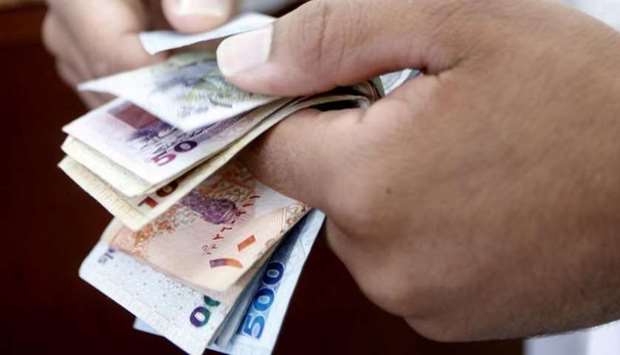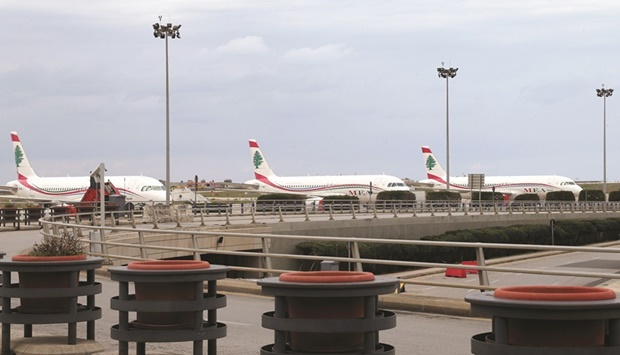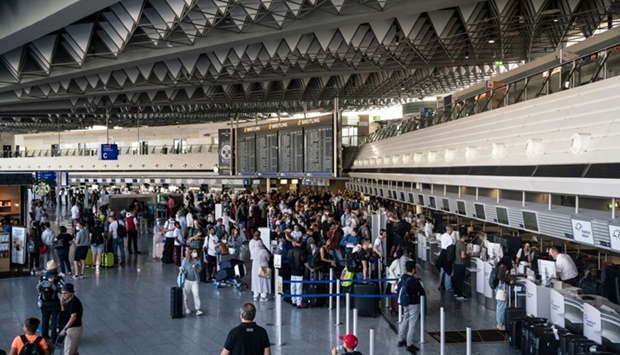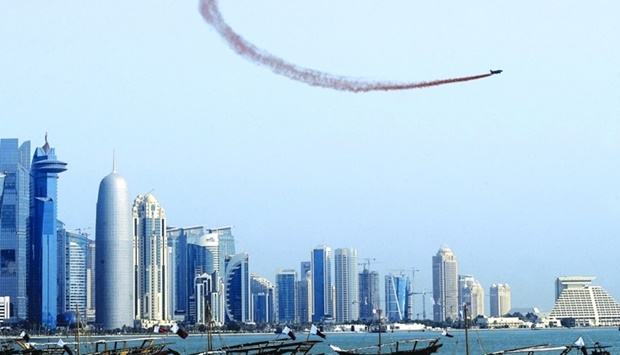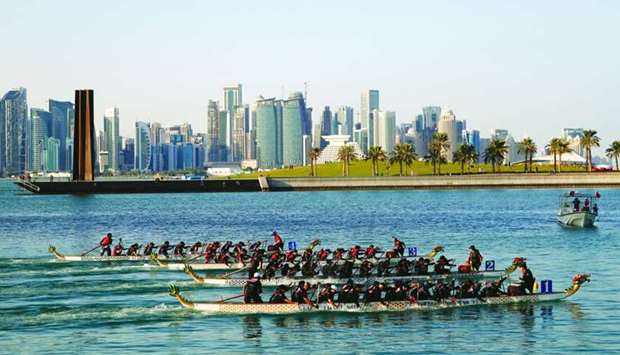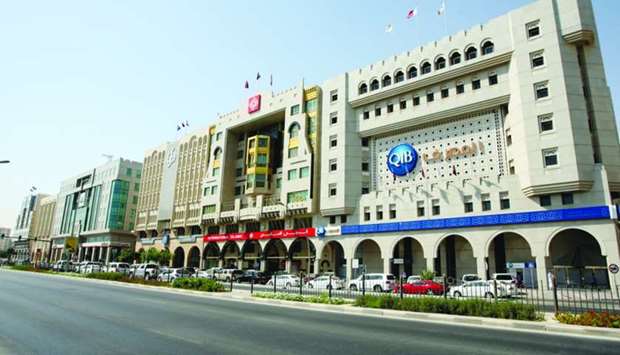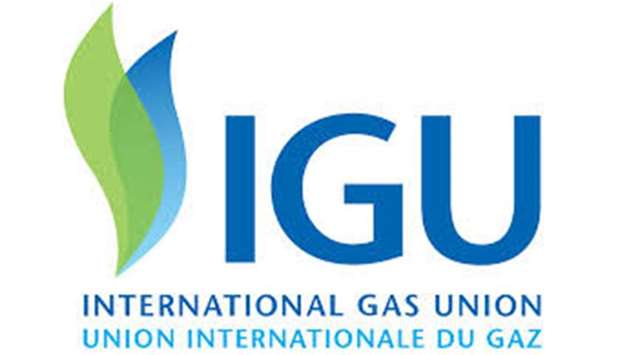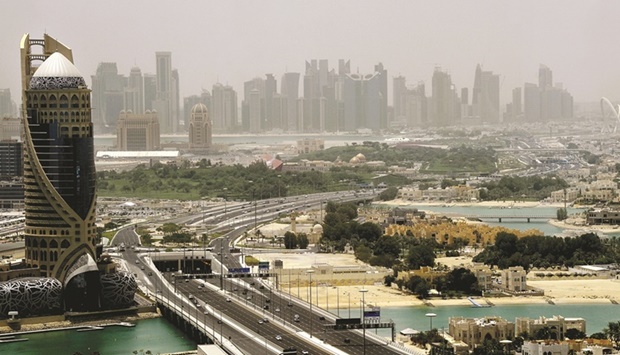* Hotel room supply in the country expanded at 'quickest' rate in the GCC, expanding at a CAGR of 10.1% between 2016 and 2021, Alpen Capital noted Qatar’s hotel pipeline for 2022 has been estimated at 13,300 keys with 80% of expected supply designated under a four or five-star hotel category, according to researcher Alpen Capital. Hotel room supply in the country expanded at the “quickest” rate in the GCC, expanding at a CAGR of 10.1% between 2016 and 2021, Alpen Capital said in its ‘GCC Hospitality Report 2022’. The total number of rooms in the country is estimated to have reached 37,085 in 2021, recording an addition of 11,918 rooms since 2016. Qatar demonstrated resilience despite the challenging economic conditions and added around 10,243 hotel rooms in 2020 and 2021 alone. As of 2021, the country accounted for 4.5% of the total hotel rooms in the GCC. Several mega projects are currently in the pipeline as the country prepares to host the FIFA World Cup 2022, which is expected to draw 1.2mn tourists from around the world. In a bid to accommodate the anticipated 1.2mn tourists for the FIFA World Cup 2022, Qatar has developed several innovative temporary accommodations such as exclusive fan villages, camping by the desert, as well as private home stays and rooms in cruise liners. To accommodate the surge of visitors, Qatar has been aggressively ramping up the hotel industry by adding 105 new hotels to its portfolio of properties and several innovative temporary accommodations, including 16 floating hotels with a total capacity of nearly 1,600 rooms and another 50 new hotels are set to open by the end of 2022. “Following the World Cup, the sharp increase in supply is expected to put downward pressure on occupancy rates; however, the elevated profile provided by hosting the tournament, development of significant tourism infrastructure, lifting of the blockade, and global travel recovery are all expected to support the growth prospects of the tourism sector in Qatar. “Apart from hosting the FIFA World Cup 2022, Qatar is also vying to host a variety of business forums and conferences as it seeks to establish itself as a business hub in the GCC,” Alpen Capital noted. Qatar, the researcher noted, witnessed significant growth in tourism activity, especially since the removal of the embargo. It recorded a 17.5% Y-o-Y growth in international tourist arrivals in 2019 amid an increase in business and leisure events. Moreover, it has been hosting several events in the run up to the FIFA World Cup 2022, helping the industry revive from the lows of 2020. The occupancy rates, thus, increased from 62.0% in 2016 to an estimated 71.0% in 2021 – highest amongst the GCC nations.

Pratap John
Pratap John is Business Editor at Gulf Times. He has mainstream media experience of nearly 30 years in specialties such as energy, business & finance, banking, telecom and aviation, and covered many major events across the globe.



